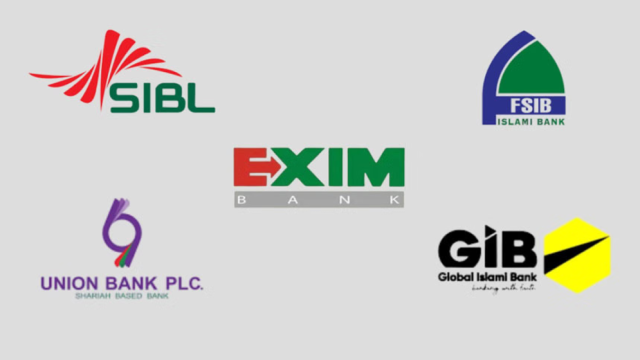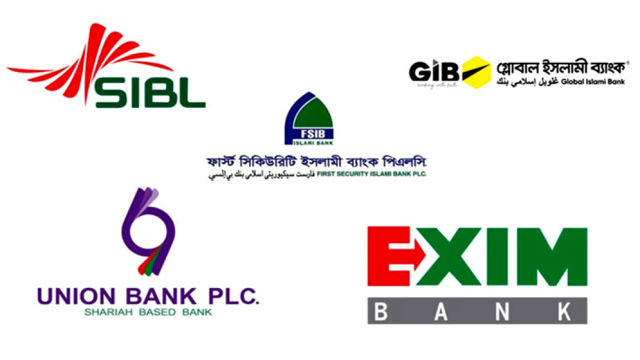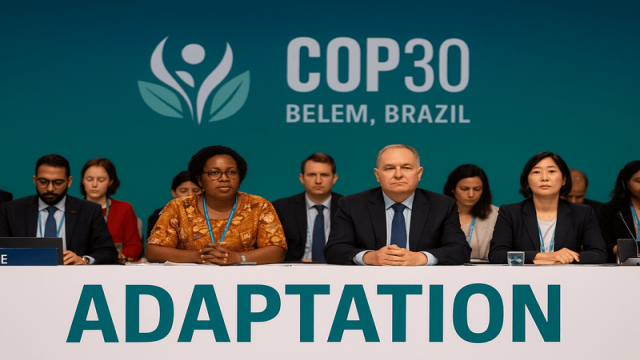New York, July 1 (V7N/Reuters) — Oil prices edged lower on Monday as geopolitical tensions in the Middle East eased and markets braced for a potential increase in crude output by OPEC+ in August.
Both Brent crude and U.S. West Texas Intermediate (WTI) posted their sharpest weekly declines since March 2023 last week. However, both benchmarks still closed higher for a second consecutive month, with Brent gaining around 6% and WTI approximately 7% in June.
Brent crude futures for August delivery, which expired on Monday, settled 16 cents lower at $67.61 per barrel, down 0.2%. The more actively traded September contract closed at $66.74. Meanwhile, U.S. WTI crude settled down 41 cents, or 0.6%, at $65.11 per barrel.
Oil prices had surged above $80 per barrel earlier in June following a 12-day conflict triggered by Israeli strikes on Iranian nuclear facilities on June 13. But as a ceasefire appears to be holding, prices have since retreated sharply.
“This ceasefire that was quickly engineered appears to be holding up, so the supply risk premium that was in place is continuing to be withdrawn in a rapid fashion,” said John Kilduff, partner at Again Capital.
Adding to the bearish sentiment was record-breaking U.S. crude oil production. According to the U.S. Energy Information Administration (EIA), domestic output hit 13.47 million barrels per day (bpd) in April—an all-time high—up slightly from 13.45 million bpd in March.
OPEC+ Poised for Another Output Increase
Four OPEC+ sources told Reuters last week that the alliance is set to raise production by 411,000 bpd in August, following similar increases in May, June, and July. If confirmed at the upcoming meeting on July 6, the total increase in OPEC+ supply in 2025 would reach 1.78 million bpd, roughly 1.5% of global oil demand.
“I believe this potential supply pressure remains under-priced, leaving crude vulnerable to further weakness,” said Ole Hansen, Head of Commodity Strategy at Saxo Bank.
Despite rising output, analysts say the market is not entirely oversupplied.
“Some tightness remains, even with output climbing,” noted Giovanni Staunovo, an analyst at UBS.
A Reuters survey found that while overall OPEC oil output rose in May, production gains were tempered by reductions in member states that had previously exceeded quotas. Saudi Arabia and the UAE both increased output, but below the ceiling allowed by OPEC+ terms.
Kazakhstan, which has consistently surpassed its OPEC+ production targets, is now expected to exceed its 2025 forecast by about 2%, supported by expanded capacity at key Caspian oilfields. The estimate is based on data from state energy firm KazMunayGaz.
Market Outlook
In a June survey of 40 economists and analysts, Brent crude is forecast to average $67.86 per barrel in 2025, slightly up from $66.98 in May. U.S. WTI crude is projected to average $64.51, above the $63.35 estimate from the previous month.
END/WD/AJ/































Comment: